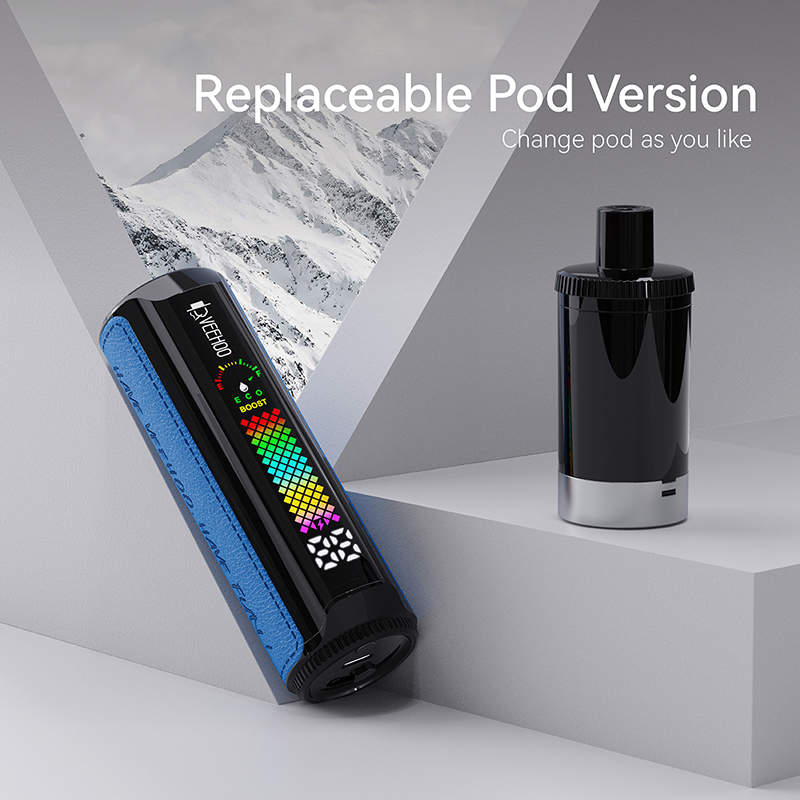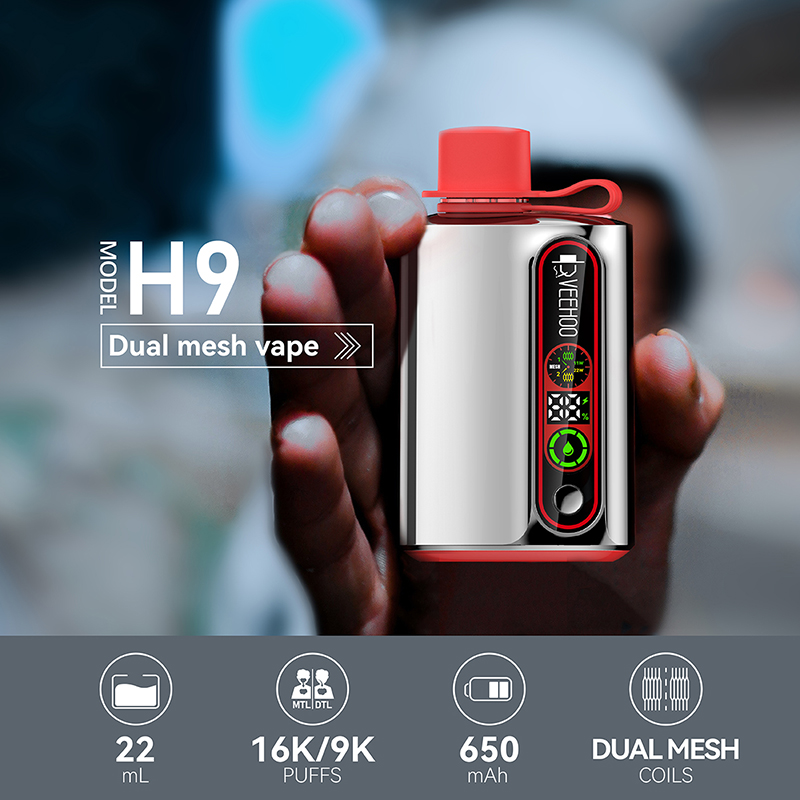In February 2025, New York State Senator Linda Rosenthal proposed a bill calling for a complete ban on the sale of flavored nicotine pouches such as fruit and candy, on the grounds that these products induce youth use through “attractive flavors” and may cause nicotine addiction. This proposal continues New York State’s tobacco control route since 2019, when the state passed an emergency executive order to ban the sale of flavored e-cigarettes and raised the purchase age from 18 to 21.
It is worth noting that the draft ban conflicts with the FDA’s approval of ZYN brand nicotine pouches in January 2025. The FDA believes that such products are “suitable for protecting public health” and mainly serve adult users who want to reduce their dependence on traditional tobacco. This policy contradiction exposes the dilemma of regulators in balancing “youth protection” and “adult harm reduction needs.”

Youth protection is a priority: Data shows that the rate of e-cigarette use among high school students in the United States has soared by 160% in four years, and flavored products are accused of being the “culprit”. Rosenthal believes that if nicotine bags continue similar marketing strategies, they may repeat the same mistakes. Illegal marketing is repeatedly banned: In February 2025, the New York State Attorney General sued 13 e-cigarette companies, accusing them of attracting minors through flavors such as “bubble gum” and “marshmallow” and social media advertisements, indicating that there are loopholes in the industry’s self-discipline.
Risk of illegal market: Alan Mathios, a professor at Cornell University, pointed out that the ban may force consumers to turn to unregulated black market products, which will increase the access channels for teenagers. Ignoring the value of harm reduction: Data from Swedish Match Company shows that 80% of ZYN users are traditional smokers, indicating that flavored nicotine bags have a practical role in assisting smoking cessation. Raymond Niaura, a professor at New York University, emphasized that the youth use rate is only 2.3%, and a comprehensive ban is “using a sledgehammer to crack a nut.”

If VEEHOO is assumed to be a new nicotine bag brand, its development path needs to face three challenges:
Balance between flavor restrictions and adult needs: Referring to the FDA’s regulation of e-cigarettes, only “non-attractive flavors” such as tobacco and menthol are allowed to be sold, and strict age verification is required. Marketing compliance: Avoid using cartoon images, social media influencer promotion and other strategies that may attract minors, such as the “Puff Bar” case mentioned in the New York State lawsuit. Technology iteration supports harm reduction: Through innovations such as reducing nicotine content and using biodegradable materials, highlight the difference between products and traditional tobacco, and strive for regulatory approval.
Risk grading system: Drawing on the FDA’s evaluation of ZYN, nicotine content, flavor type, and sales channels are implemented in a graded manner, such as only allowing pharmacies to sell high-nicotine products. Strengthen retail supervision: Based on the experience of New York State raising the age of e-cigarette purchase to 21, technical means such as “biometric age verification” are promoted to reduce the exposure of minors. Taxation and education go hand in hand: higher consumption taxes are imposed on flavored products, while the revenue is used for youth nicotine addiction prevention and treatment projects, forming a closed loop of “regulation-funding-education”.

The controversy over the ban on flavored nicotine pouches in New York State is essentially a collision between “idealized protection” and “realistic complexity” in public policy. Historical experience shows that simple prohibition may give rise to more hidden risks, and the survival space of innovative products such as VEEHOO depends on whether they can prove their harm reduction value and social benefits within the regulatory framework. Future policy making needs to rely more on dynamic data monitoring rather than static “ban thinking”.
Tags: flavored nicotine pouches, smokers reduce traditional tobacco, youth protection, veehoo vape